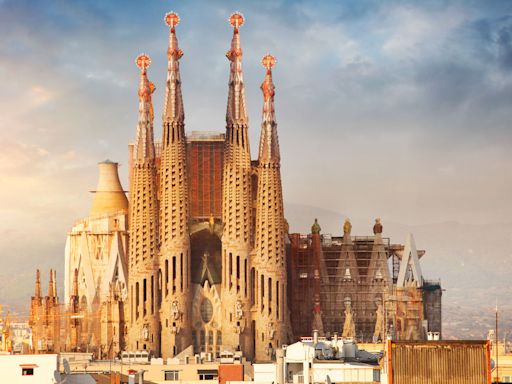Search results
People also ask
Where is the Federal Reserve Bank headquartered?
What is a central bank & does the US have one?
What is the name of a central bank?
Which state has the largest Federal Reserve Bank?
It had several key components, including a central bank with a Washington-based headquarters and fifteen branches located throughout the U.S. in geographically strategic locations, and a uniform elastic currency based on gold and commercial paper.
- December 23, 1913 (109 years ago)
- What Is A Central Bank?
- Understanding Central Banks
- Example: The Federal Reserve
- A Brief History of Central Banks
- Central Banks and Deflation
- Modern Central Bank Issues
A central bank is a financial institution given privileged control over the production and distribution of money and credit for a nation or a group of nations. In modern economies, the central bank is usually responsible for the formulation of monetary policy and the regulation of member banks. Central banks are inherently non-market-based or even ...
Although their responsibilities range widely, depending on their country, central banks' duties (and the justification for their existence) usually fall into three areas. First, central banks control and manipulate the national money supply. They influence the sentiment of markets as they issue currency and set interest rates on loans and bonds. Ty...
Along with the measures mentioned above, central banks have other actions at their disposal. In the U.S., for example, the central bank is the Federal Reserve System, aka "the Fed". The Federal Reserve Board (FRB), the governing body of the Fed, can affect the national money supply by changing reserve requirements. When the requirement minimums fal...
The first prototypes for modern central banks were the Bank of England and the Swedish Riksbank, which date back to the 17th century. The Bank of England was the first to acknowledge the role of lender of last resort. Other early central banks, notably Napoleon’s Bank of France and Germany's Reichsbank, were established to finance expensive governm...
Over the past quarter-century, concerns about deflation have spiked after big financial crises. Japan has offered a sobering example. After its equities and real estate bubbles burst in 1989-90, causing the Nikkei index to lose one-third of its value within a year, deflation became entrenched. The Japanese economy, which had been one of the fastest...
Currently, the Federal Reserve, the European Central Bank, and other major central banks are under pressure to reduce the balance sheets that ballooned during their recessionary buying spree. Unwinding, or taperingthese enormous positions is likely to spook the market since a flood of supply is likely to keep demand at bay. Moreover, in some more i...
- Troy Segal
- 2 min
Jan 25, 2024 · The Federal Reserve System (FRS) is the central bank of the United States. Often called the Fed, it is arguably the most influential financial institution in the world. It was founded...
Apr 24, 2017 · 08-St. Louis. 09-Minneapolis. 10-Kansas City. 11-Dallas. 12-San Francisco. Board. The Federal Reserve officially identifies Districts by number and Reserve Bank city. In the 12th District, the Seattle Branch serves Alaska, and the San Francisco Bank serves Hawaii. The System serves commonwealths and territories as follows: the New York Bank ...
- The Hill
The US is now allowed to seize Russian state assets. How would that work?
The big U.S. aid package for Ukraine and other allies that President Joe Biden signed Wednesday also allows the administration to seize Russian state assets located in the U.S. and use them ...
1 day ago
- GOBankingRates via Yahoo
10 Countries To Live Outside the US That Are So Cheap You Could Quit Your Job
With the cost of living in the United States soaring, most people now are setting their sights on an international destination that won't break the bank. Some locales are so affordable that with...
7 hours ago
A Federal Reserve Bank is a regional bank of the Federal Reserve System, the central banking system of the United States. There are twelve in total, one for each of the twelve Federal Reserve Districts that were created by the Federal Reserve Act of 1913. [1] The banks are jointly responsible for implementing the monetary policy set forth by ...
Oct 20, 2023 · The U.S. central banking system—the Federal Reserve, or the Fed—is the most powerful economic institution in the United States, perhaps the world. Its core responsibilities include...
In 2016, 75% of the world's central-bank assets were controlled by four centers in China, the United States, Japan and the eurozone. The central banks of Brazil , Switzerland , Saudi Arabia , the U.K ., India and Russia , each account for an average of 2.5 percent.

